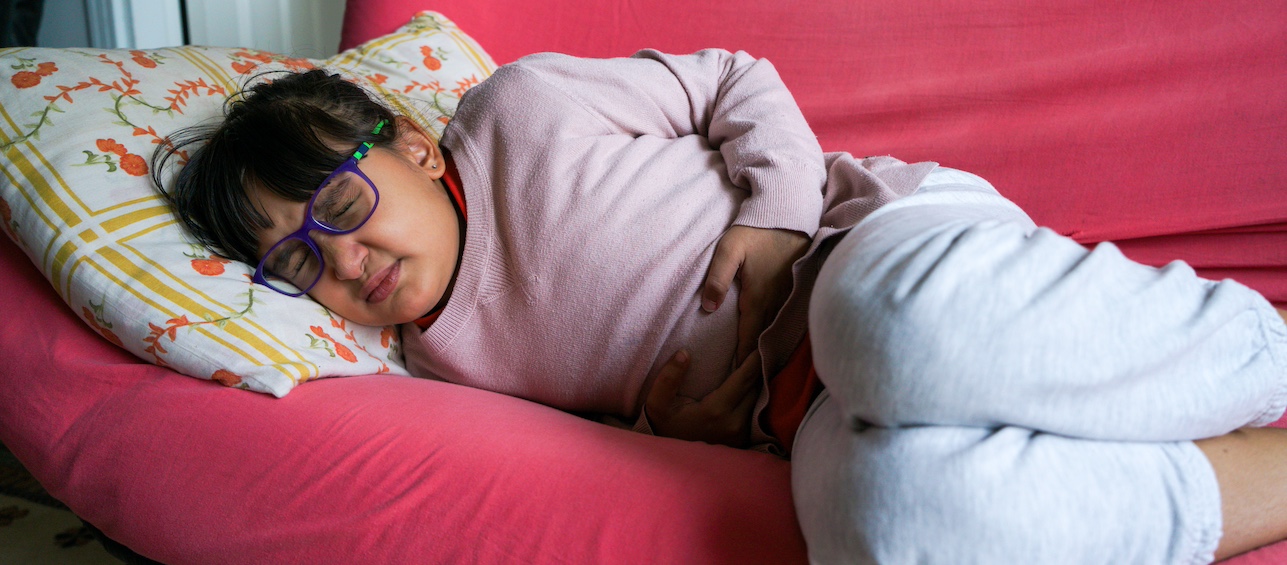The very thing that allowed the human species to survive in the first place is one of the things that’s killing it: our ability to store calories.
Back thousands of years ago when we spent our days “hunting and gathering” our food, it was essential that we could go for hours or days without much to eat. But today, when our hunting is as easy as a drive-thru, we’re storing far too may calories in our bellies, our thighs, our buttocks, our livers and our hearts.
That, simply, is how Bob Siegel looks at the root cause of the obesity crisis crippling our society. Dr. Siegel is medical director of the Cincinnati Children’s Heart Institute’s Center for Better Health and Nutrition. His comments Tuesday at Cincinnati Children’s were during the first of a three-part Grand Rounds series on obesity.
He was there to encourage the physician audience to take steps now to slow down the epidemic and begin to turn the tide.
Dr. Seigel said there are lots of specific reasons that as many as 30 percent of the populations in nine states were obese in 2009. (That’s triple the number of states at that percentage two years ago.) But the bottom line is simple: diet.
Our ancestors, the hunter-gatherers, consumed very little sugar; today we consume on average one-third of a pound of the sweetener a day. We eat about the same amount of fat, but we consume much more “bad,” or saturated, fat.
Just in the past 40 years, our diets have changed drastically; fifty percent of the money we spend on food is for eating out, compared to just 25 percent in 1970; there are 220,000 fast-food restaurants today, compared with just 30,000 four decades ago; milk consumption is down 39 percent, soda pop consumption up 137 percent.
We also sit a lot more: 92 percent of schools have no daily physical education. And tests show that the body burns less calories while watching TV than while sitting down relaxing with your eyes closed.
“So, watching TV is worse than doing nothing,” Dr. Siegel said.
But there are things we can do, he said. Some popular diets have proven very successful. One that Cincinnati Children’s is using centers on heart healthy low glycemic index food choices. (Preliminary data shows that 95 percent of kids lose weight.) Many other diets (low-carb, Stop Light, South Beach, etc.) work too, he said, but the key is adherence.
Dr. Siegel’s comments came just a few days after the Centers for Disease Control issued a report that puts the cost to treat obesity and its related ailments approaching $150 billion a year. Dr. Siegel said the costs are expected to triple in the next 10 years if we do nothing.
“We literally can’t afford this,” he said.
Fortunately, we don’t have to. As I said, many diets work. And doctors are getting the wake-up call and the nudge by their professional associations that they need to get on board to help reverse this crisis.
We have lots of programs at Cincinnati Children’s. And so do many other hospitals and organizations. One place to look is the Childhood Obesity Awareness Month Coalition.
Or, check back here later. Obesity is a huge (no pun intended) public health issue. It’s costs — in both dollars and cents and human capital — must be addressed if we have any hope of getting health care costs under control.
We owe it to the children to make a difference. And we’re working on it.




